This post may contains affiliate links. Read our full disclosure here.
Discovering the perfect fruits for home winemaking isn’t just about convenience—it’s about capturing flavor at its peak. Using seasonal fruits for home wine making transforms ordinary batches into extraordinary bottles that truly showcase nature’s best offerings. The difference between wine made from in-season fruit versus off-season imports is immediately noticeable in both taste and aroma.
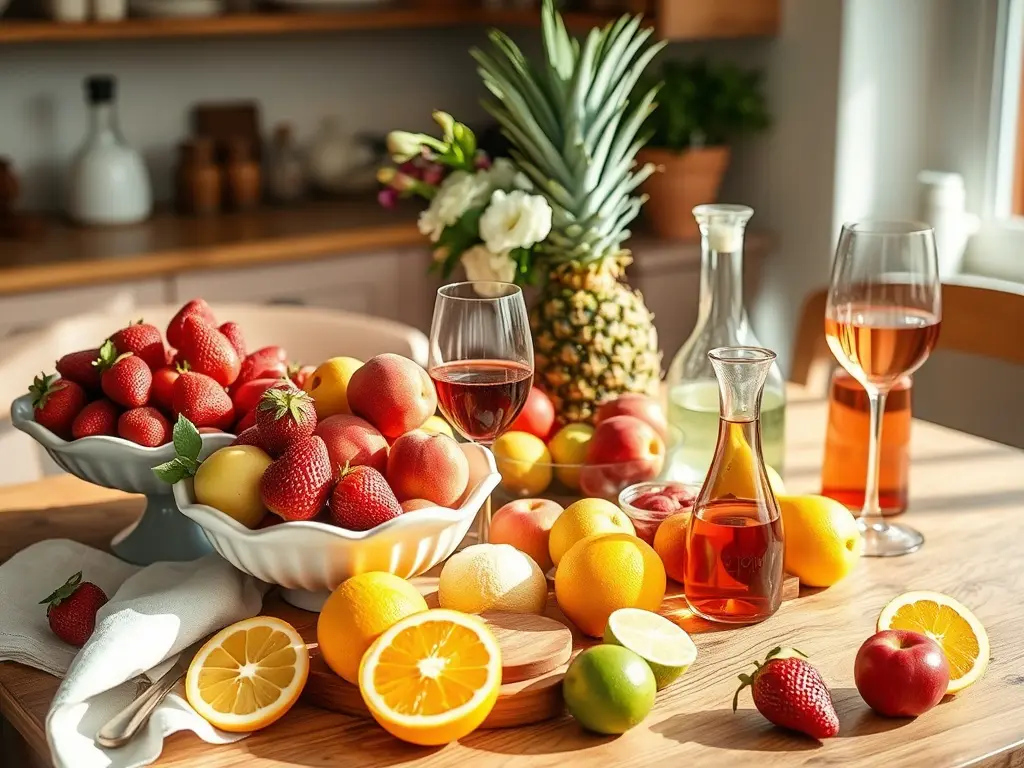
I’ve learned through countless batches that aligning my winemaking calendar with nature’s harvest schedule results in better wine every time. When you use seasonal fruits for home wine making, you’re working with produce at its optimal sugar content, peak flavor, and often at better prices. Whether you’re a veteran vintner or just starting your fermentation journey, these six seasonal fruits will help you create delicious homemade wines all year round.
Why Choose Seasonal Fruits for Home Wine Making?
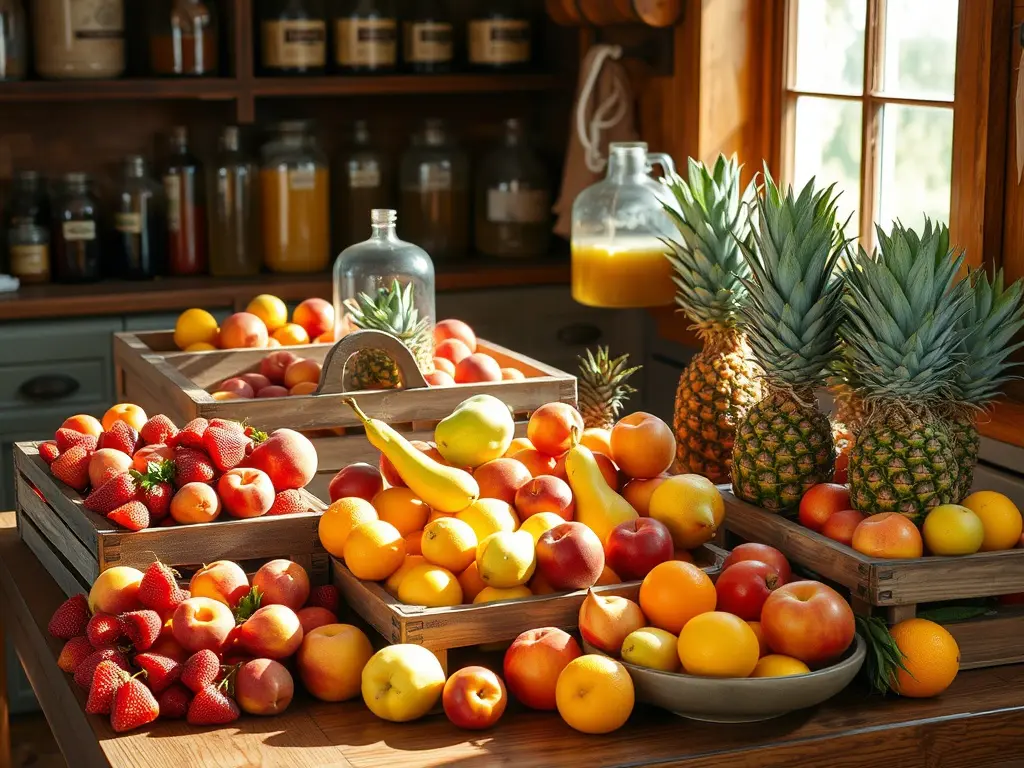
The secret to outstanding fruit wine starts with selection. Using seasonal fruits for home wine making gives you access to produce at its nutritional and flavor peak. Fruits harvested in their natural season have developed their full sugar content and flavor compounds, creating a more complex and authentic wine profile.
Beyond taste, there’s a significant cost advantage. Seasonal produce typically costs 30-50% less than out-of-season fruits, allowing you to make larger batches without breaking the bank. My wine club friends and I often pool resources during peak seasons to buy in bulk directly from local farms, then split the haul for our individual winemaking projects.
Working with the rhythm of seasons also introduces variety to your wine cellar. Rather than making the same wine year-round, seasonal fruits for home wine making encourages experimentation with different flavors as the months progress. This prevents “winemaker’s fatigue” and keeps your hobby fresh and exciting.
- Peak ripeness means higher natural sugar content and better fermentation
- Maximum flavor compounds develop only during a fruit’s natural harvest time
- Seasonal buying offers significant cost savings (sometimes up to 60%)
- Creates a diverse wine collection that changes throughout the year
Summer Stars: Strawberry Wine
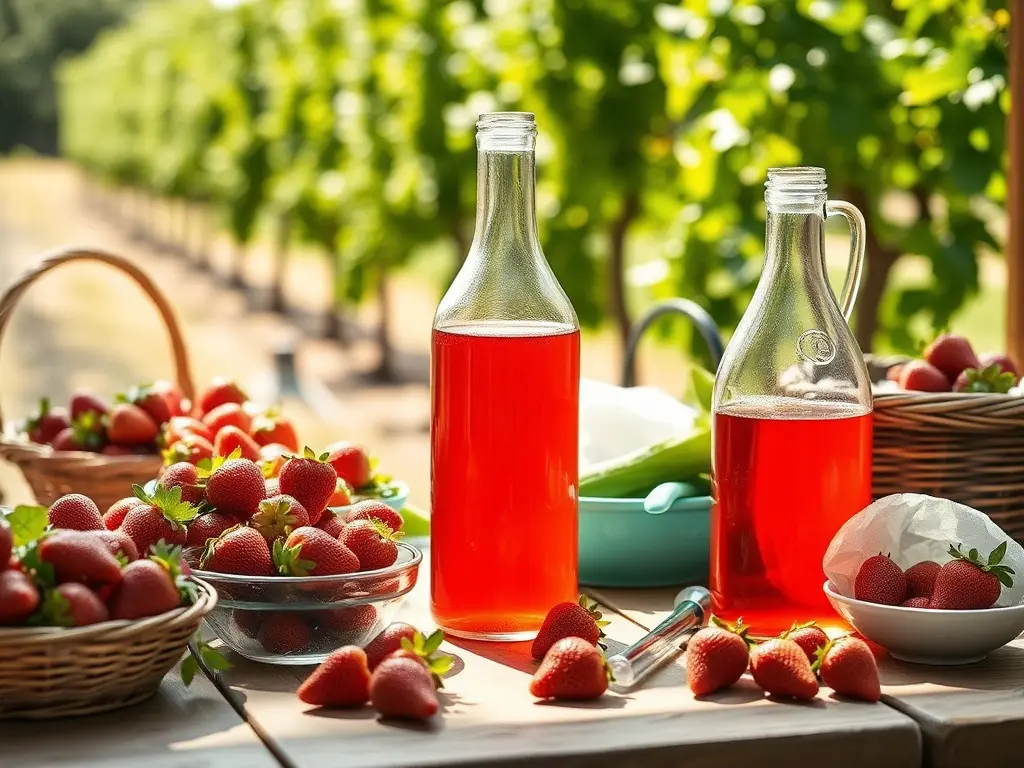
Strawberry wine captures summer sunshine in a bottle with its beautiful ruby-pink color and delicate aroma. This fruit creates one of the most visually stunning homemade wines, with a perfume-like quality that makes it a favorite among newcomers to fruit winemaking. The key to exceptional strawberry wine lies in timing—late spring to early summer strawberries typically offer the perfect balance of sweetness and acidity.
When selecting strawberries, look for fully red berries with no white shoulders and a strong, sweet fragrance. The deeper the color, the more intense your wine’s flavor will be. Farm-fresh berries picked at peak ripeness create vastly superior wine compared to supermarket varieties that were harvested early for shipping.

One technique that dramatically improves strawberry wine is macerating the berries with sugar overnight before starting fermentation. This process breaks down cell walls and extracts maximum color and aroma from the fruit. For a truly luxurious batch, try strawberry wine with a hint of vanilla bean added during secondary fermentation.
- Choose deep red, fragrant berries with no white tops
- Macerate with sugar 12-24 hours before fermentation
- Consider adding a vanilla bean for complexity
- Pairs beautifully with goat cheese, fruit tarts, and fresh-basil dishes
Summer Delights: Peach Wine
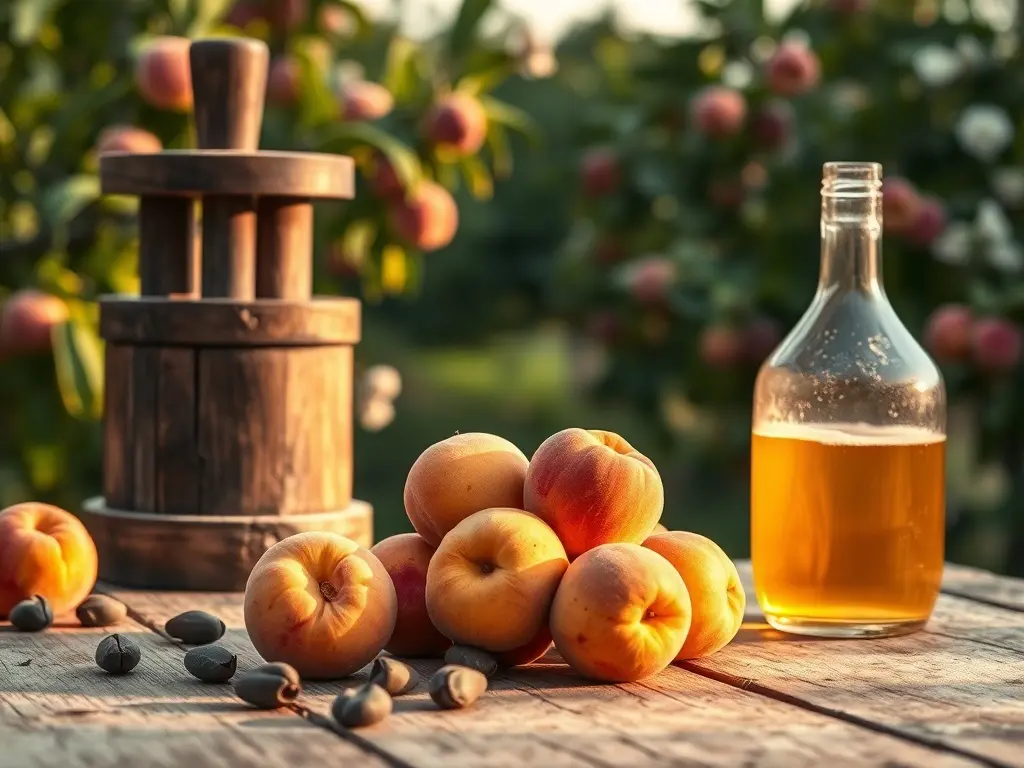
Nothing says summer quite like biting into a perfectly ripe peach, and that same sunshine flavor makes peaches exceptional for seasonal fruits for home wine making. Peach wine offers a gorgeous golden hue with subtle floral notes and honeyed undertones that capture the essence of warm summer days.
The best peaches for winemaking are freestone varieties (where the pit separates easily from the flesh) with fragrant skin and a slight give when gently squeezed. Local orchards and farmers markets typically offer superior fruit compared to supermarket options. When selecting peaches, remember that fragrance is the best indicator of flavor potential—if they don’t smell peachy, they won’t make peachy wine.
A game-changing technique for peach wine is freezing the fruit overnight before thawing and fermenting. This breaks down cell walls naturally, releasing more juice and flavor compounds without excessive handling. Many home winemakers discover that peach wine shares many characteristics with rosé, making it a perfect summer sipper.
- Select freestone peaches with strong fragrance
- Freeze peaches overnight before processing
- Consider adding a small amount of ginger for complexity
- Serve chilled with grilled chicken, summer salads, or buttery pastries
Fall Favorites: Apple Wine
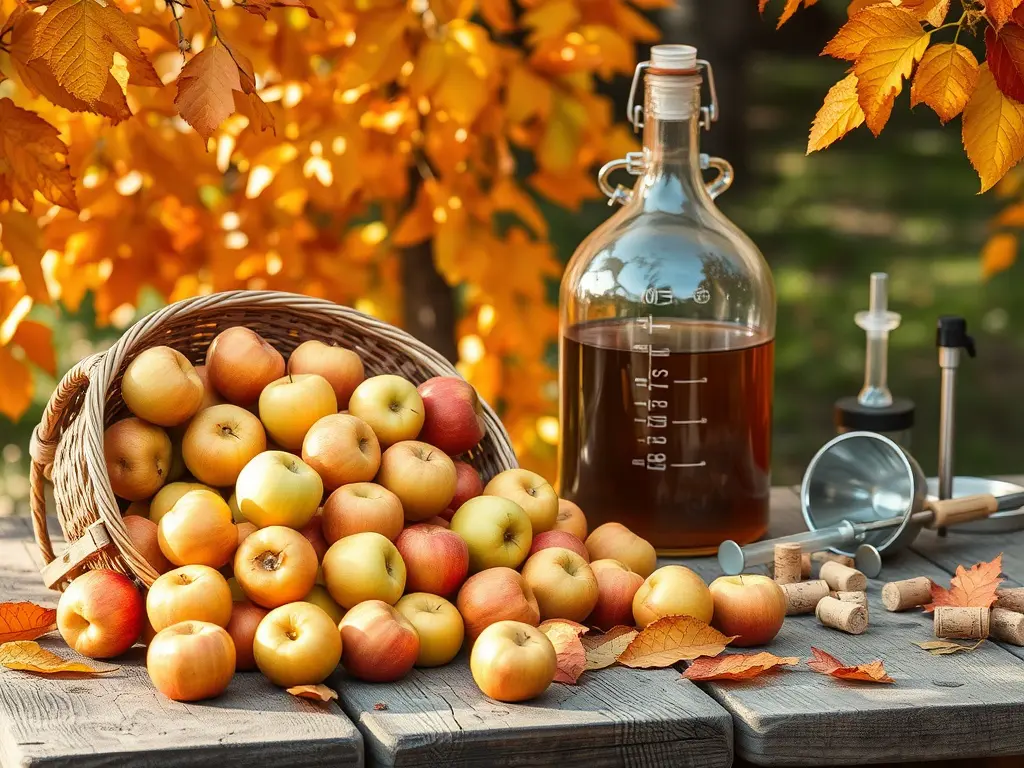
When autumn arrives, apple orchards offer a bounty of possibilities for seasonal fruits for home wine making. Apple wine can range from dry and sophisticated to sweet and cider-like, depending on your apple selection and technique. This versatility makes apples one of the best starter fruits for new winemakers.
The secret to outstanding apple wine lies in blending different varieties. Combining sweet apples (like Fuji or Gala) with tart varieties (such as Granny Smith or Braeburn) creates balance and complexity. My last batch used a 3:1 ratio of sweet to tart apples, resulting in a beautifully balanced wine that impressed even grape wine enthusiasts.
A technique that dramatically improves apple wine is cold-crashing the must (crushed fruit mixture) before fermentation. This helps clarify the juice and prevents oxidation that can dull flavor. For those interested in diving deeper, learning how to make apple wine at home with different apple varieties can become a fascinating annual tradition.
- Blend sweet and tart apple varieties for complexity
- Cold-crash the must before fermentation
- Consider adding cinnamon, clove, or allspice for fall warmth
- Pairs wonderfully with sharp cheddar, pork dishes, and cinnamon desserts
Fall Elegance: Pear Wine
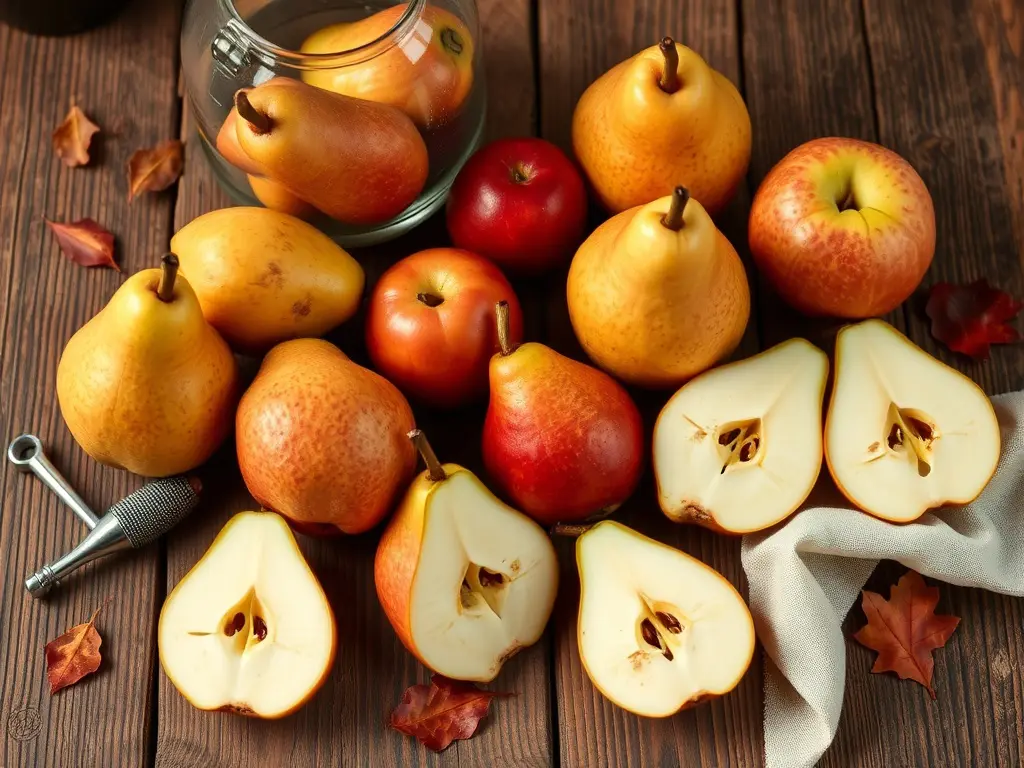
Often overlooked in favor of its cousin the apple, pears create exceptionally elegant wines with subtle floral notes and a silky mouthfeel. Pear wine showcases the delicate nature of this fall fruit while offering a sophisticated alternative to more common fruit wines. As a key option for seasonal fruits for home wine making, pears deserve more attention from home vintners.
The best pears for winemaking are firm but just beginning to ripen. Unlike many fruits, pears are better used slightly underripe rather than fully soft, as overripe pears can introduce unwanted mushy textures and oxidation. Bartlett and Bosc varieties offer excellent flavor profiles, while Asian pears contribute unique crispness.
What makes pear wine truly special is its patient development during secondary fermentation. Unlike some fruit wines that are ready quickly, pear wine benefits from 6-8 weeks in secondary fermentation to develop its subtle complexity. Adding a small amount of complementary spice like ginger or cardamom can further highlight pear’s natural flavors.
- Choose firm, just-ripening pears rather than fully soft ones
- Extend secondary fermentation to 6-8 weeks for flavor development
- Consider adding subtle complementary spices
- Pairs beautifully with brie, roast turkey, or almond-based desserts
Winter Brightness: Citrus Wines
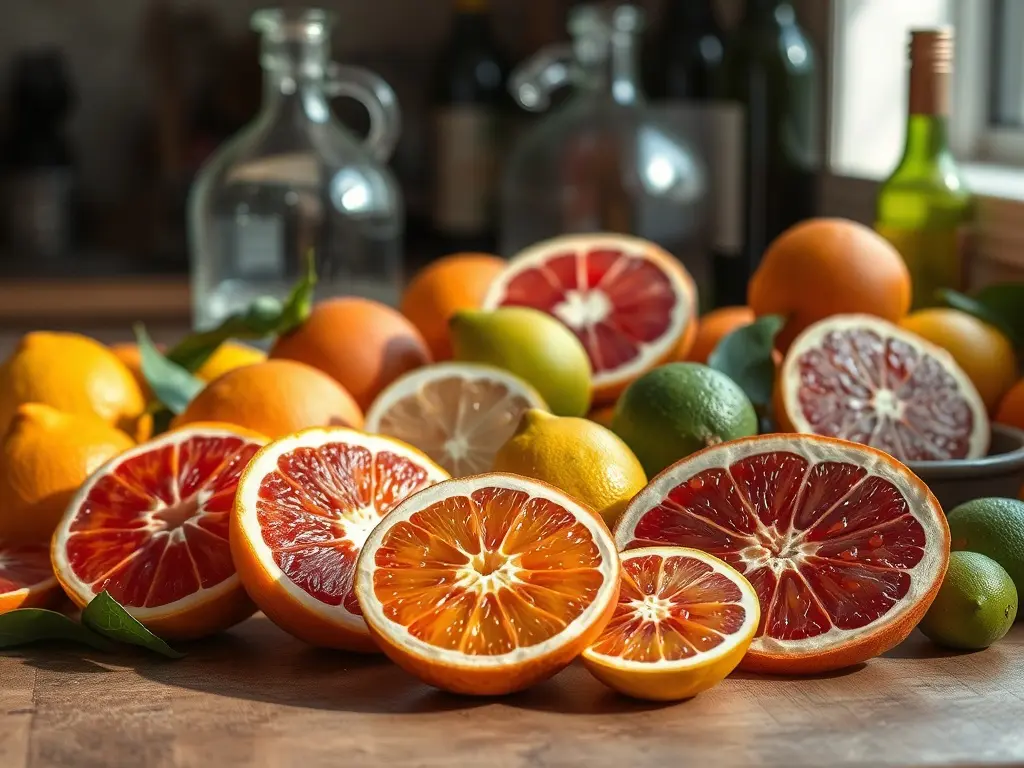
When winter arrives and many fruits are out of season, citrus steps in as the perfect seasonal fruit for home wine making. The bright, zesty character of oranges, lemons, grapefruits, and limes creates refreshing wines that break through winter doldrums with tropical freshness. Citrus wines often have lower alcohol content, making them perfect for casual sipping.
Winter is actually peak season for most citrus fruits, with the best flavor and juice content typically available from December through February. Blood oranges, with their dramatic color and complex flavor, make particularly stunning wine, while Meyer lemons offer a less acidic, more aromatic option than standard lemons.

The secret to great citrus wine is balancing the fruit’s natural acidity with enough sweetness while capturing the aromatic oils from the zest. A technique that dramatically improves citrus wine is adding zest (the colored outer layer only) while avoiding the bitter white pith. Some winemakers create fascinating blends using multiple citrus varieties for complexity.
- Use winter citrus at peak season (December-February)
- Include zest for aroma but avoid bitter pith
- Balance natural acidity with adequate sweetening
- Pairs wonderfully with seafood, fresh salads, or as a spritzer base
Spring Tropical: Pineapple Wine
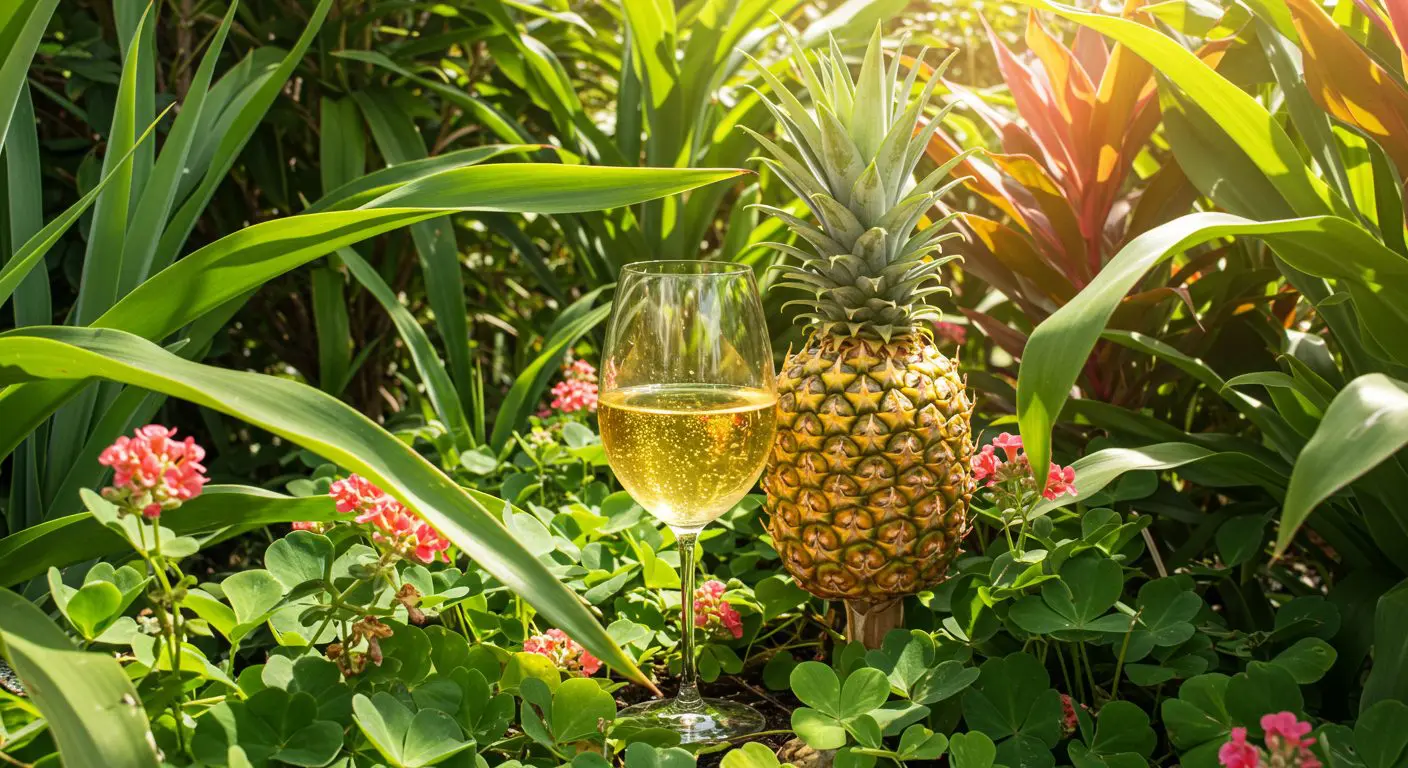
As spring arrives, pineapples reach their peak sweetness, making them a fantastic choice for seasonal fruits for home wine making. Pineapple wine offers a tropical vacation in a glass, with bright acidity balanced by natural sweetness and exotic aroma. This fruit creates wines with a sunshine-like quality that bridges the gap between winter and summer.
Selecting the perfect pineapple makes all the difference in your wine. Look for golden skin with a sweet fragrance at the base—green pineapples won’t ripen properly after harvesting. A perfectly ripe pineapple will have a slightly yielding feel and that signature tropical aroma.
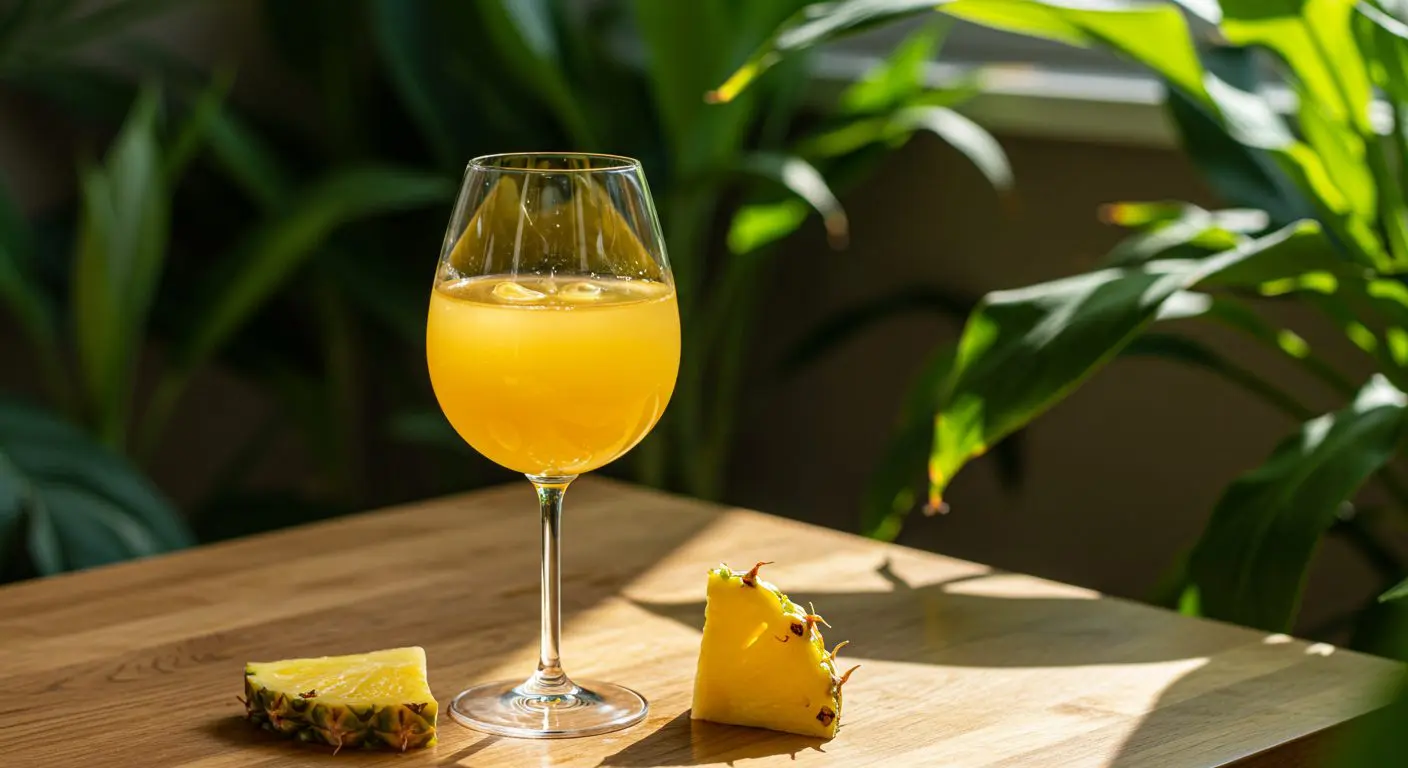
The most crucial technique for pineapple wine is thorough removal of all rind and “eyes” (the brown spots). Even small amounts of these can introduce bitter compounds that will ruin your batch. Making fresh pineapple wine at home requires patience with preparation, but the tropical reward is worth the effort.
- Choose golden-skinned pineapples with sweet aroma at the base
- Remove ALL rind and eyes completely to prevent bitterness
- Consider adding a small amount of ginger for complementary zing
- Pairs wonderfully with spicy Asian dishes, coconut desserts, or grilled fish
Seasonal Wine Flavor & Pairing Guide
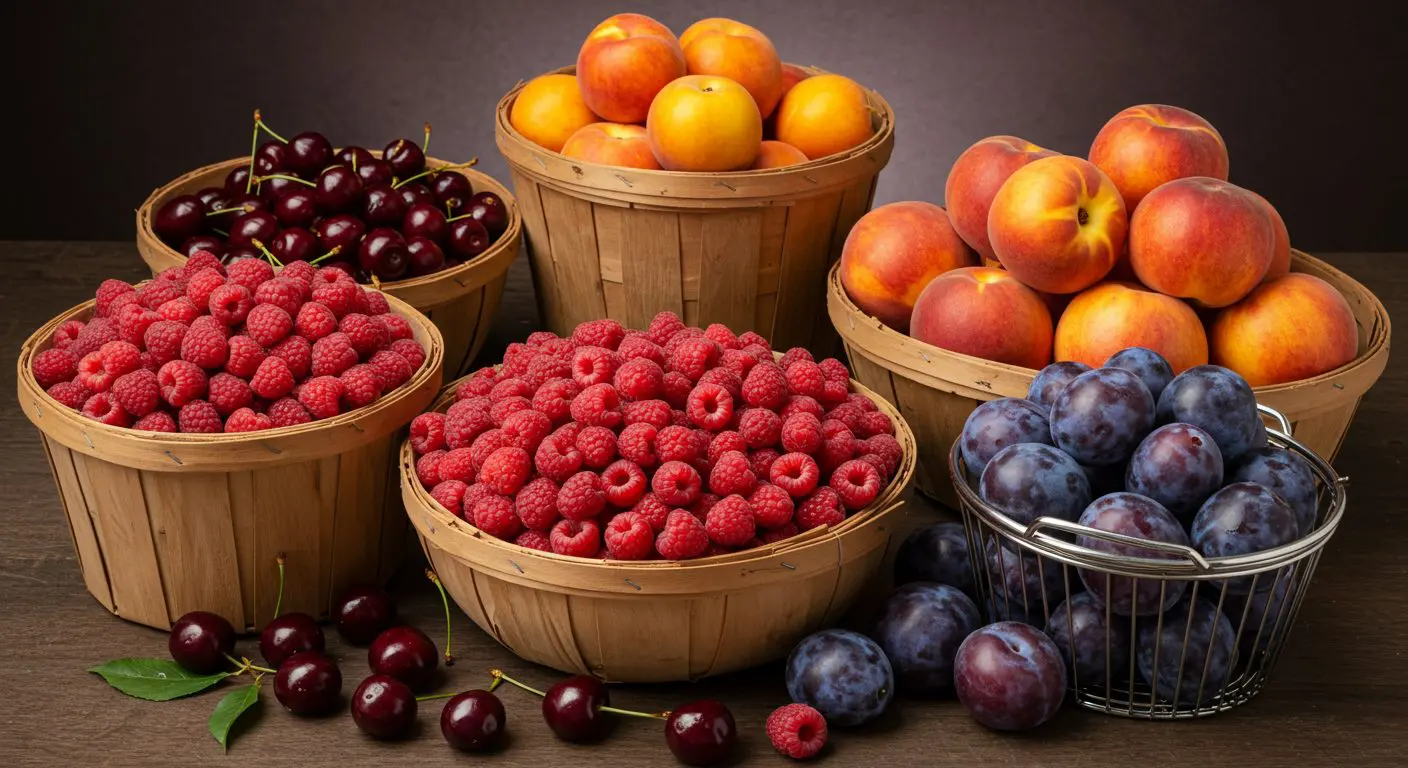
Understanding how each seasonal fruit for home wine making pairs with food elevates your entire winemaking experience. Below is a quick reference guide to help you showcase your homemade wines alongside perfect food companions:
| Fruit | Peak Season | Flavor Profile | Best Pairings |
|---|---|---|---|
| Strawberry | Summer | Sweet, aromatic, light | Goat cheese, fruit tarts, fresh basil dishes |
| Peach | Summer | Floral, honeyed, smooth | Grilled chicken, summer salads, buttery pastries |
| Apple | Fall | Crisp, tart-sweet, clean | Sharp cheddar, pork dishes, cinnamon desserts |
| Pear | Fall | Subtle, floral, silky | Brie, roast turkey, almond-based desserts |
| Citrus | Winter | Bright, zesty, refreshing | Seafood, fresh salads, as spritzer base |
| Pineapple | Spring | Tropical, tangy, exotic | Spicy dishes, coconut desserts, grilled fish |
Pro Tips for Seasonal Winemaking Success
After years of experimenting with seasonal fruits for home wine making, I’ve collected some game-changing tips that apply across all fruit types. These techniques will help you avoid common pitfalls and create consistently excellent wine:
- Sanitize everything – This isn’t just good practice; it’s essential for preventing spoilage. Even the tiniest contamination can ruin a batch.
- Keep detailed notes – Record every aspect of each batch, including fruit source, quantity, sugar levels, and fermentation timeline. Your future self will thank you.
- Consider a fruit press – Especially valuable for apples and pears, a good press extracts more juice with less effort.
- Save and use the pulp – Fruit pulp can become fruit leather, compost, or even a second “light” batch of wine.
- Temperature control matters – Most fruit wines ferment best between 65-75°F (18-24°C). Too cold and fermentation stalls; too hot and off-flavors develop.
Remember that patience rewards the winemaker. Many fruit wines taste significantly better after 3-6 months of bottle aging, allowing flavors to mellow and integrate. Resist the temptation to drink everything immediately!
Creating a seasonal winemaking calendar helps plan your batches throughout the year. This approach to seasonal fruits for home wine making ensures you’re always working with nature’s best offerings while maintaining variety in your wine collection.
Using seasonal fruits for home wine making connects you to the natural rhythm of growing cycles while producing superior wine. Each season brings its own signature fruits, ready to be transformed into unique bottles that capture that specific moment in time. The joy of opening a strawberry wine in winter or a citrus wine in summer reminds us of seasons past while we continue crafting new batches with whatever bounty nature currently offers.
Why not challenge yourself to create at least one wine from each season this year? Start with whatever fruit is currently in season locally, apply these techniques, and watch your wine collection grow into a diverse library of flavors. Happy fermenting!




